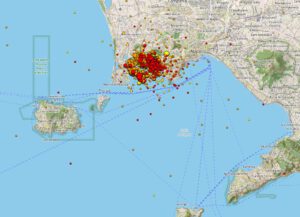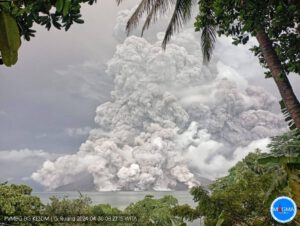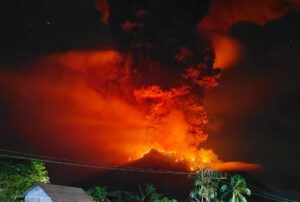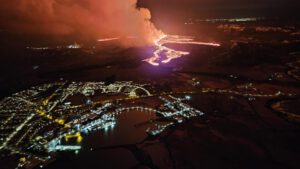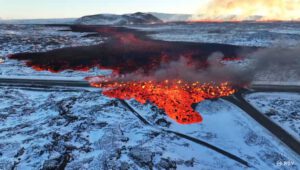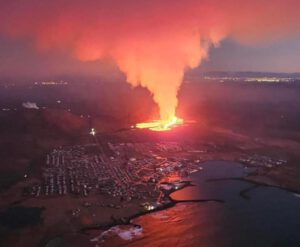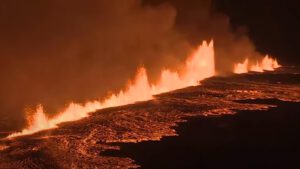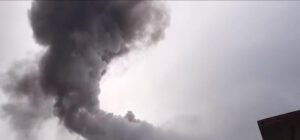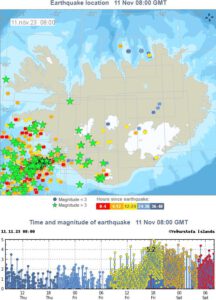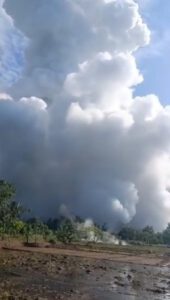 Three unexpected phreatic eruptions occurred in the Nirvana crater of Suoh volcano on Sumatra, Indonesia, yesterday morning at 8:30 a.m. WIB. The PVMGB of the Indonesian Volcanological Observatory reported that the eruptions produced dense, pure white steam clouds that rose up to 500 meters high and spread widely.
Three unexpected phreatic eruptions occurred in the Nirvana crater of Suoh volcano on Sumatra, Indonesia, yesterday morning at 8:30 a.m. WIB. The PVMGB of the Indonesian Volcanological Observatory reported that the eruptions produced dense, pure white steam clouds that rose up to 500 meters high and spread widely.
VSI volcanologists advised residents to maintain a minimum distance of 500 meters from the crater and avoid lowlands and river valleys due to the potential spread of volcanic gases, particularly carbon dioxide. This gas is heavier than air and can accumulate in low-lying areas, posing a risk of suffocation.
Gunung Suoh, also known as Mount Suwoh and Pematang Bata, is located in the Barisan Selatan National Park in the Lampung Special Administrative Region of southern Sumatra. Although Suoh is relatively unknown, it lies just 150 kilometers from the more famous island volcano, Anak Krakatau.
